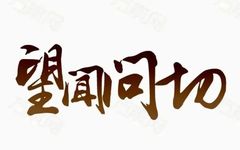The Nanjing states, “To know by observation is called spirit, to know by hearing is called sage, to know by questioning is called skill, and to know by palpation is called cleverness.”
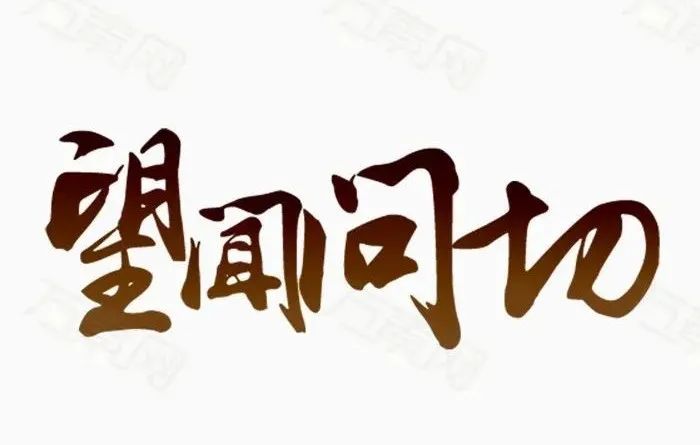
In Traditional Chinese Medicine (TCM), diagnosing a condition emphasizes “observation, listening, questioning, and palpation, integrating the four examinations.” So what is “palpation,” and what exactly does it assess?
Palpation is a method where the practitioner uses the tips of their fingers to touch, feel, press, and apply pressure to specific areas of the patient to understand their condition.
Many people often mistakenly believe that palpation is merely “pulse diagnosis,” which is incomplete.
Palpation primarily includes pulse diagnosis and pressure diagnosis.
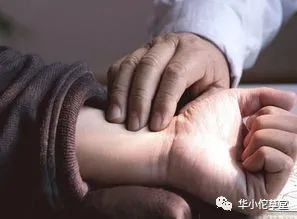
1. Pulse Diagnosis
Pulse diagnosis refers to the practice of the physician pressing the patient’s pulse to perceive the pulse image (脉象, mai xiang), which helps in understanding the condition and diagnosing the disease.
The formation of the pulse image is directly related to the heartbeat, the patency of the vessels, and the balance of qi and blood. The blood vessels in the human body connect all parts, linking the internal organs and reaching the skin surface, circulating qi and blood continuously; thus, the pulse image can reflect the overall condition of the internal organs and the essence, qi, and spirit.
Generally, a normal pulse is called ping mai (平脉, normal pulse), which presents signs of being neither too strong nor too weak, neither floating nor sinking, with a consistent rhythm, and a gentle and relaxed quality. The characteristics of a normal pulse are: having a stomach, having spirit, and having a root.
Conversely, some abnormal pulse images such as xū (虚, weak), shí (实, strong), fú (浮, floating), chén (沉, sinking), chí (迟, slow), and shù (数, rapid) indicate underlying symptoms and ailments.
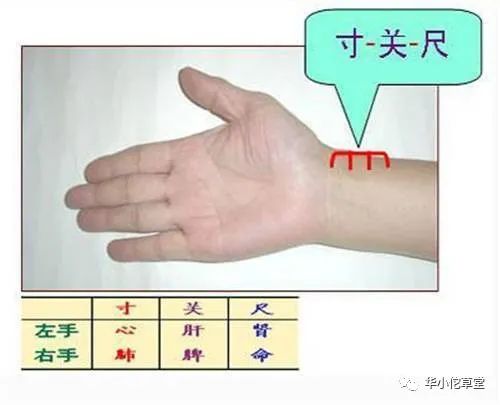
For example:
-
Weak Pulse Types: A weak pulse indicates a lack of strength. It feels empty upon pressing, belonging to a deficiency syndrome. A fine pulse is weak and barely perceptible, indicating a deficiency of yin and yang qi and blood, especially insufficient yang qi; a thin pulse is as fine as a thread, with a clear pulse image, indicating dual deficiency of yin and blood, or dampness. And so on.
-
Strong Pulse Types: A strong pulse is forceful at all three positions, indicating a strong syndrome. A tight pulse feels like a taut rope, indicating pain or cold symptoms; a wiry pulse feels like pressing a guitar string, straight and long, indicating phlegm-dampness or liver-gallbladder issues. And so on.
-
Floating Pulse Types: A floating pulse weakens with heavy pressure but is easily felt with light pressure, indicating an exterior syndrome. A soft pulse is fine and floating, indicating dampness or deficiency; a surging pulse resembles turbulent waves, strong on arrival and weak on departure, indicating qi deficiency, blood loss, or prolonged diarrhea; a leather-like pulse is hollow on the inside and firm on the outside, indicating loss of essence. And so on.
-
Sinking Pulse Types: A sinking pulse cannot be felt with light pressure and only with heavy pressure, indicating an interior syndrome; a weak pulse is soft and fine, indicating insufficient qi and blood; a hidden pulse requires heavy pressure to feel, and in severe cases, it may not be felt at all, indicating a closed syndrome or evil blockage. And so on.
-
Slow Pulse Types: A slow pulse has fewer than four beats per breath, indicating cold accumulation or deficiency cold. A knotted pulse is slow with intermittent stops, with an unpredictable number of stops, indicating blood stasis, cold phlegm, or excess yang qi; a rough pulse is difficult and unsteady, like lightly scraping bamboo, indicating essence injury or blood deficiency; a slow pulse is sluggish, with four beats per breath, indicating spleen and stomach weakness.
-
Rapid Pulse Types: A rapid pulse has more than five beats per breath, indicating heat syndrome. A moving pulse is slippery and rapid, with a strong beat, indicating fright or pain; a rapid pulse has seven to eight beats per breath, indicating extreme yang and depleted yin; a hurried pulse is rapid with intermittent stops, indicating excess yang and heat. And so on.
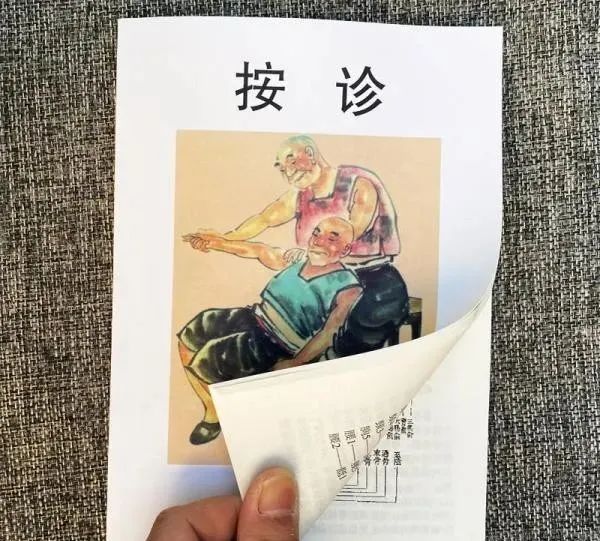
2. Pressure Diagnosis
Pressure diagnosis is a method where the physician directly touches or presses certain areas of the patient to understand local temperature, moisture, softness, hardness, tenderness, swelling, or other abnormal changes, thereby inferring the location, nature, and severity of the disease.
The techniques of pressure diagnosis mainly include touch, feel, press, and tap.
(1) Touch Method: Lightly touching the patient’s skin in areas such as the forehead, limbs, and chest and abdomen with fingers or palms to understand the temperature and moisture of the skin, used to distinguish whether the disease is due to external invasion or internal injury, whether sweating occurs, and the balance of yang qi and yin fluids.
(2) Feel Method: Applying slight pressure with fingers to local areas such as the chest, abdomen, acupoints, or swollen areas to determine local sensations, pain, and the shape and size of any masses, to discern the location and nature of the disease.
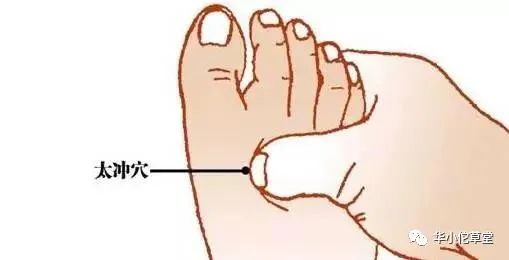
(3) Press Method: Applying firm pressure or pushing on local areas such as the chest, abdomen, or swollen areas to determine if there is deep tenderness or masses, the shape, texture, size, mobility, swelling degree, and nature of the masses, to discern the deficiency or excess of the internal organs and the condition of any pathogenic qi.
The order of pressure diagnosis is generally to first touch, then press, from light to heavy, from superficial to deep, starting from healthy areas and gradually moving towards the diseased areas, first far then near, and from top to bottom.
Here, the mention of top to bottom refers to the overall areas of examination for the patient; however, for palpation of a specific diseased area, sometimes it may be necessary to start from the bottom upwards, such as for liver and spleen palpation, where the direction of palpation should be determined based on the needs of the disease.
(4) Tap Method: The tap method, also known as percussion, involves the physician tapping a specific part of the patient’s body to create vibrations that produce sounds, wave sensations, or vibrations, to determine the nature and extent of the disease. There are two types of percussion: direct percussion and indirect percussion.
END
Do not keep this private!
Please share it with your circle and let your friends see it too!
Previous Highlights
Understanding hospital examination reports, so you won’t have to ask the doctor again!
Save! These medicines in pharmacies are cheap and effective, most people don’t know about them!
Understanding Ganoderma and Ganoderma spore powder for health, these must be clarified! Otherwise, you might be consuming cotton stalks and soil! (Includes methods for identifying quality spore powder from CCTV)
Chinese goji berries have become a global favorite, there are rules for eating goji berries.
TCM Yin-Yang, body weight, and Einstein (the wisdom understood by our ancestors thousands of years ago, which the West only discovered in 1905)

